German mustard is a traditional condiment originating from Germany, made primarily from coarsely ground brown or black mustard seeds, vinegar, water, salt, and spices. It is known for its tangy, spicy flavor and is commonly served with sausages, pretzels, and other German dishes. Unlike milder American yellow mustard, German mustard delivers a robust, complex heat that enhances a variety of foods. Whether you're a spice enthusiast or just someone who appreciates a good kick of heat, understanding what makes German mustard unique can elevate your cooking game and add authenticity to your kitchen adventures.
Table of Contents
- What Exactly Is German Mustard?
- A Brief History of German Mustard
- German Mustard vs. Other Mustards: What Sets It Apart?
- Types of German Mustard
- Why You Need German Mustard in Your Pantry
- Creative Ways to Use German Mustard
- Buying Guide: How to Choose the Best German Mustard
- Frequently Asked Questions
- Final Thoughts: Embrace the Heat
What Exactly Is German Mustard?
German mustard is distinct from other varieties due to its seed composition and preparation methods. Unlike American yellow mustard, which uses milder yellow seeds and added sugar, German mustard relies on brown or black mustard seeds for its characteristic heat. The grinding process and ingredient ratios create a complex flavor profile that ranges from mild to intensely spicy.
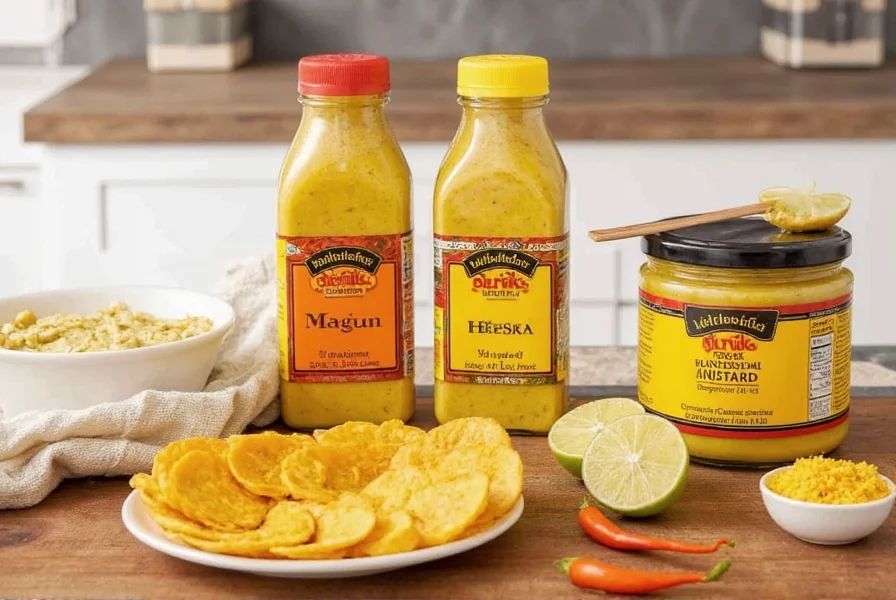
A Brief History of German Mustard
Mustard has roots dating back thousands of years, but Germany refined its production during the Middle Ages. By the 13th century, Bavarian monks were crafting mustard using local ingredients, and by the 1700s, cities like Munich and Düsseldorf became renowned for their distinct styles. Düsseldorfer Senf emerged as a coarse, sharp variety, while Bavarian mustard developed a creamier, slightly sweeter profile perfect for balancing rich dishes like weisswurst.
German Mustard vs. Other Mustards: What Sets It Apart?
| Type | Base Seeds | Texture | Flavor Profile | Best For |
|---|---|---|---|---|
| German Mustard | Brown/Black | Coarse or creamy | Spicy, tangy, complex | Sausages, marinades, sandwiches |
| American Yellow Mustard | Yellow | Smooth | Mild, vinegary | Hot dogs, burgers |
| French Dijon Mustard | Brown | Smooth | Sharp, clean bite | Dips, sauces, dressings |
| English Mustard | White/yellow | Powder (mixed with water) | Fiery, short-lived | Roast beef, deviled eggs |
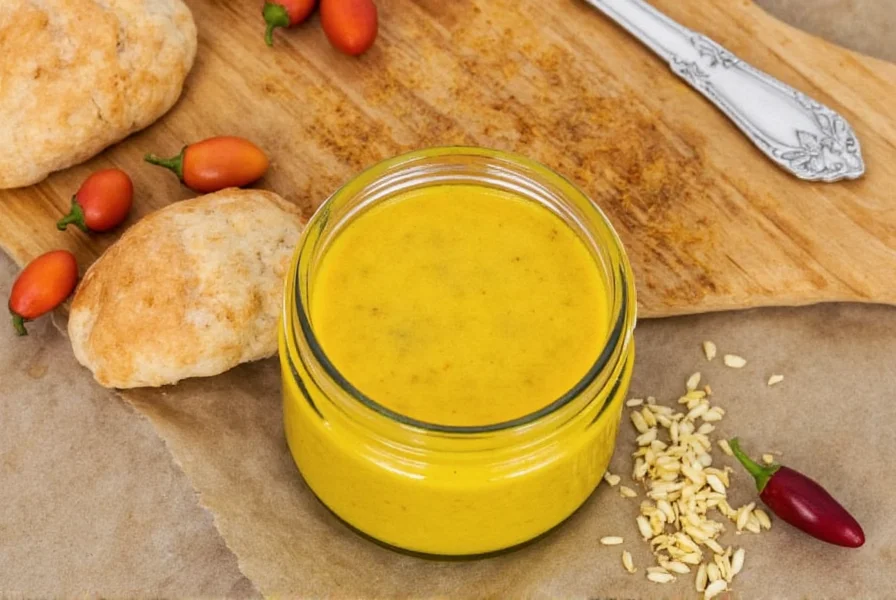
Types of German Mustard
Germany offers regional variations that each bring unique characteristics:
- Bavarian Sweet Mustard: Mild and slightly sweet, ideal for delicate meats and pretzels.
- Düsseldorf Coarse Mustard: Chunky and aggressively spicy, perfect for bold flavors.
- Frankfurter Grie Sausage Mustard: Creamier and smoky, designed specifically for sausages.
- Whole Grain Mustard: Features visible mustard seeds for texture and flavor depth.
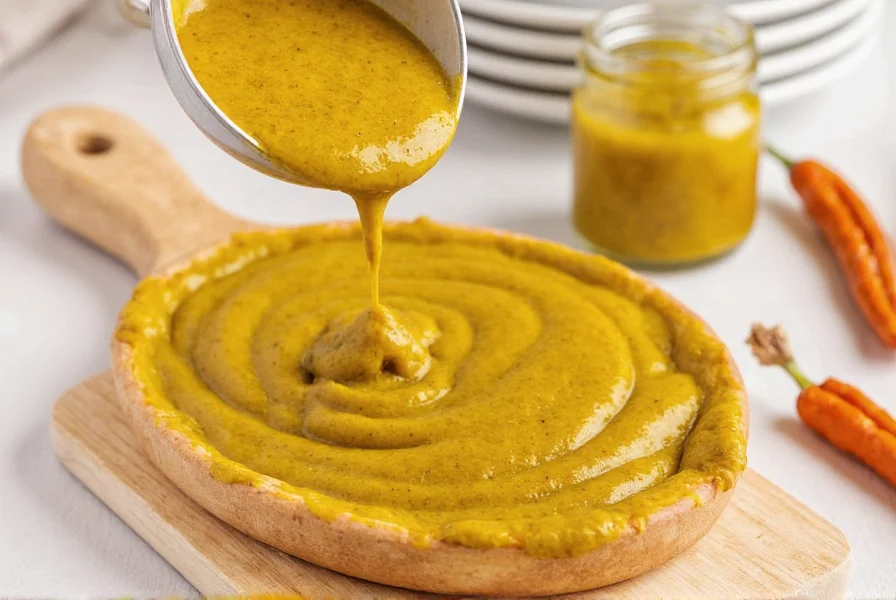
Why You Need German Mustard in Your Pantry
Here are five compelling reasons to stock German mustard:
- Unmatched Flavor: Adds depth and spice without overpowering dishes.
- Versatility: Works in marinades, dressings, dips, and even baked beans.
- Low Sugar & Additives: Typically free of artificial thickeners and high-fructose corn syrup.
- Cultural Connection: Brings authentic European culinary traditions to home cooking.
- Great Value: A little goes a long way—most jars last 6-12 months refrigerated.
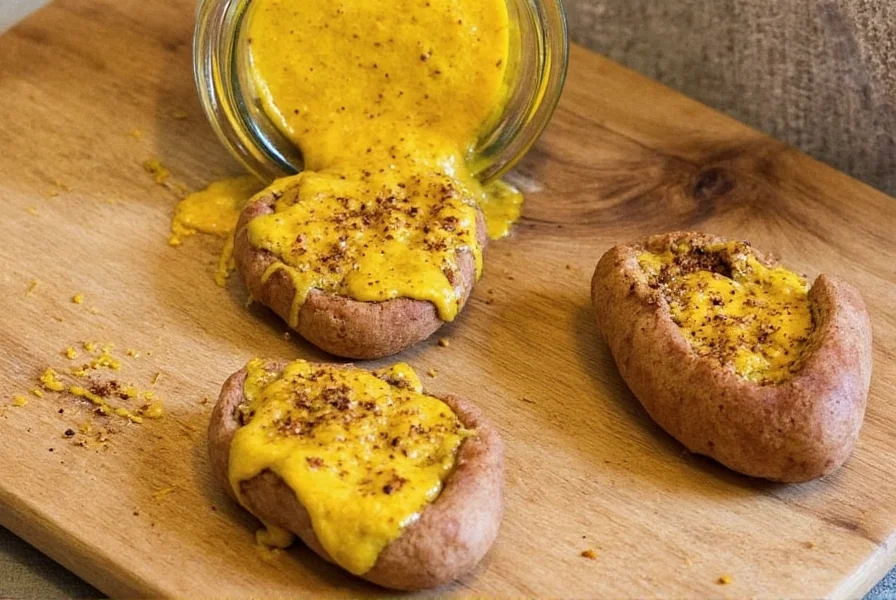
Creative Ways to Use German Mustard
Expand beyond sausages with these innovative uses:
- Marinades: Combine with olive oil, garlic, and herbs for grilled chicken or pork.
- Salad Dressings: Whisk into vinaigrettes for a tangy finish.
- Homemade Sauerkraut: Stir a spoonful for added complexity.
- Meat Glaze: Mix with honey for a sweet-spicy glaze.
- Egg Sandwich Boost: Spread on breakfast sandwiches for a morning kick.
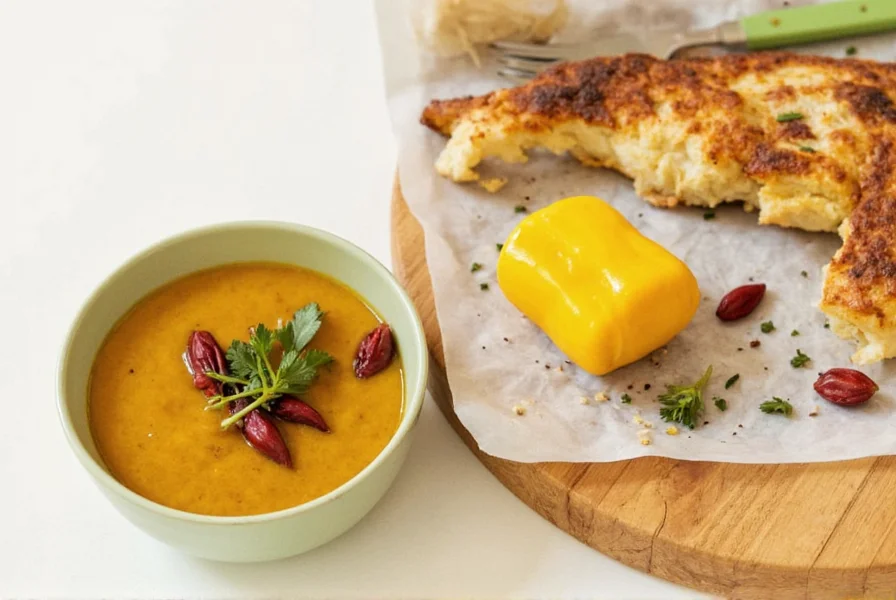
Buying Guide: How to Choose the Best German Mustard
Key factors to consider when purchasing:
1. Texture Matters
- Coarse: Ideal for spreading or dipping.
- Smooth: Better for mixing into sauces or dressings.
2. Spice Level
- Mild: Look for "süß" (sweet) labels for delicate dishes.
- Spicy: Choose "extra scharf" for maximum heat.
3. Ingredients List
- Opt for minimal preservatives and no high-fructose corn syrup.
4. Regional Style
- Try Düsseldorf for coarse spice or Bavarian for creamy sweetness.
5. Recommended Brands
| Brand | Style | Heat Level | Best For | Price Range |
|---|---|---|---|---|
| Kühne Original German Mustard | Coarse | Moderate | Sandwiches, pretzels | $$ |
| Mann Original Bavarian Sweet Mustard | Creamy | Low | Weisswurst, grilled veggies | $ |
| Develey Düsseldorf Style Mustard | Chunky | High | Charcuterie boards, dipping | $$ |
| Löwensenf Extra Hot | Smooth | Very High | Grilled meats, adventurous eaters | $$$ |
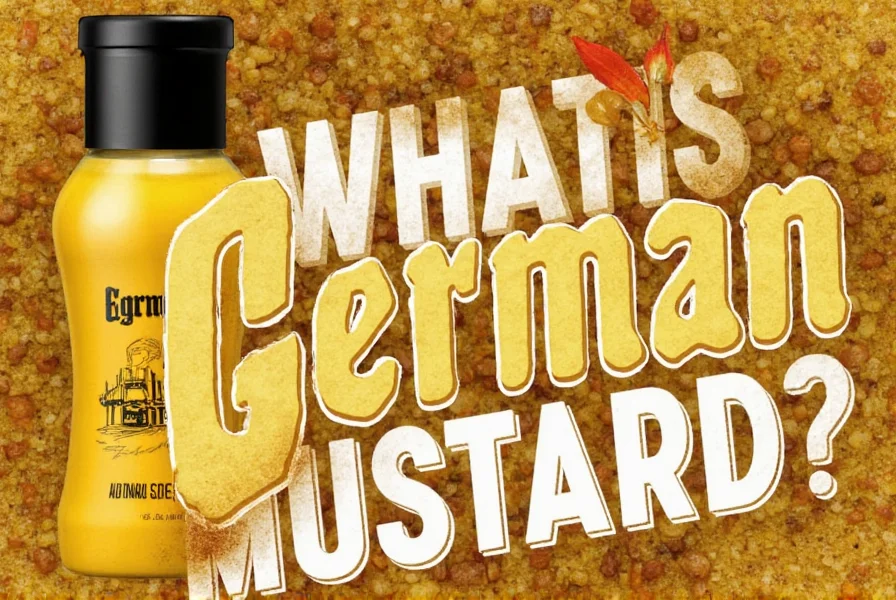
Frequently Asked Questions
What is the main difference between German mustard and American yellow mustard?
German mustard uses brown or black mustard seeds that deliver deeper, more complex heat and tanginess. American yellow mustard relies on milder yellow seeds, added sugar, and starch thickeners for its characteristic smooth, sweet profile.
Is all German mustard extremely spicy?
No – Germany offers a spectrum from mild to fiery. Bavarian sweet mustard is intentionally gentle for delicate dishes like weisswurst, while Düsseldorf-style and "extra scharf" varieties deliver intense heat. Always check labels for "süß" (sweet) or "scharf" (spicy) indicators.
How long does German mustard last after opening?
When refrigerated properly, most German mustards maintain peak quality for 6-12 months after opening. The vinegar-based formula acts as a natural preservative, though you may notice gradual flavor changes over time. Discard if mold appears or it develops off odors.
Can I substitute German mustard in recipes if I can't find it?
For closest results, blend Dijon mustard with a pinch of turmeric and 1/4 teaspoon of ground horseradish per tablespoon. While not identical, this mimics German mustard's complexity better than plain yellow mustard. Avoid using sweet American mustard in savory European recipes.
What's the traditional way Germans serve mustard with sausages?
Mustard is always served separately as a condiment, never mixed into the sausage itself. For bratwurst, coarse Düsseldorf-style is standard; weisswurst traditionally pairs with mild Bavarian sweet mustard. Never pour mustard over hot sausages – serve it cool on the side for dipping.
Final Thoughts: Embrace the Heat
German mustard is more than a condiment—it's a flavor bomb, cultural icon, and kitchen essential. Whether hosting a barbecue or jazzing up leftovers, its tangy heat brings authentic European flair to every dish. Grab a jar, spread it generously, and pair it with your favorite brew—Prost!
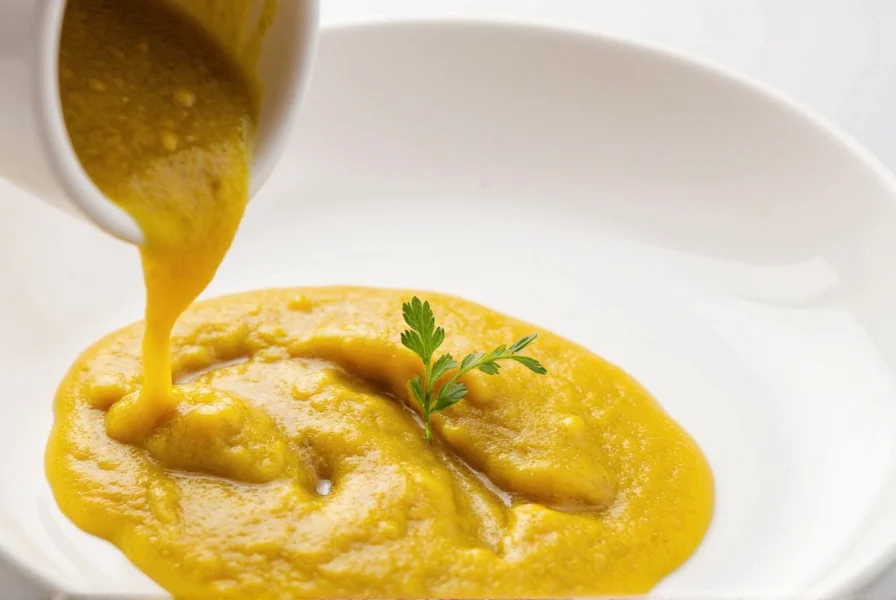

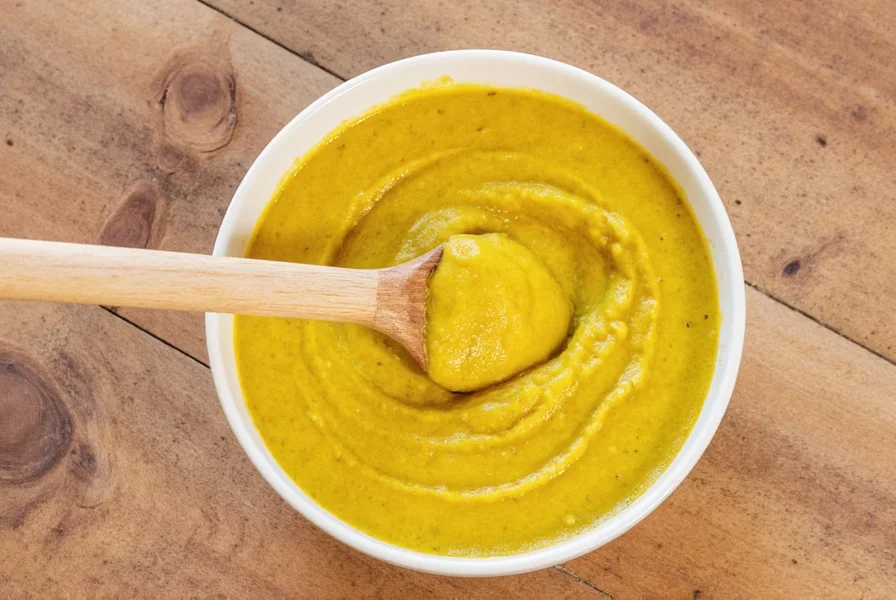









 浙公网安备
33010002000092号
浙公网安备
33010002000092号 浙B2-20120091-4
浙B2-20120091-4